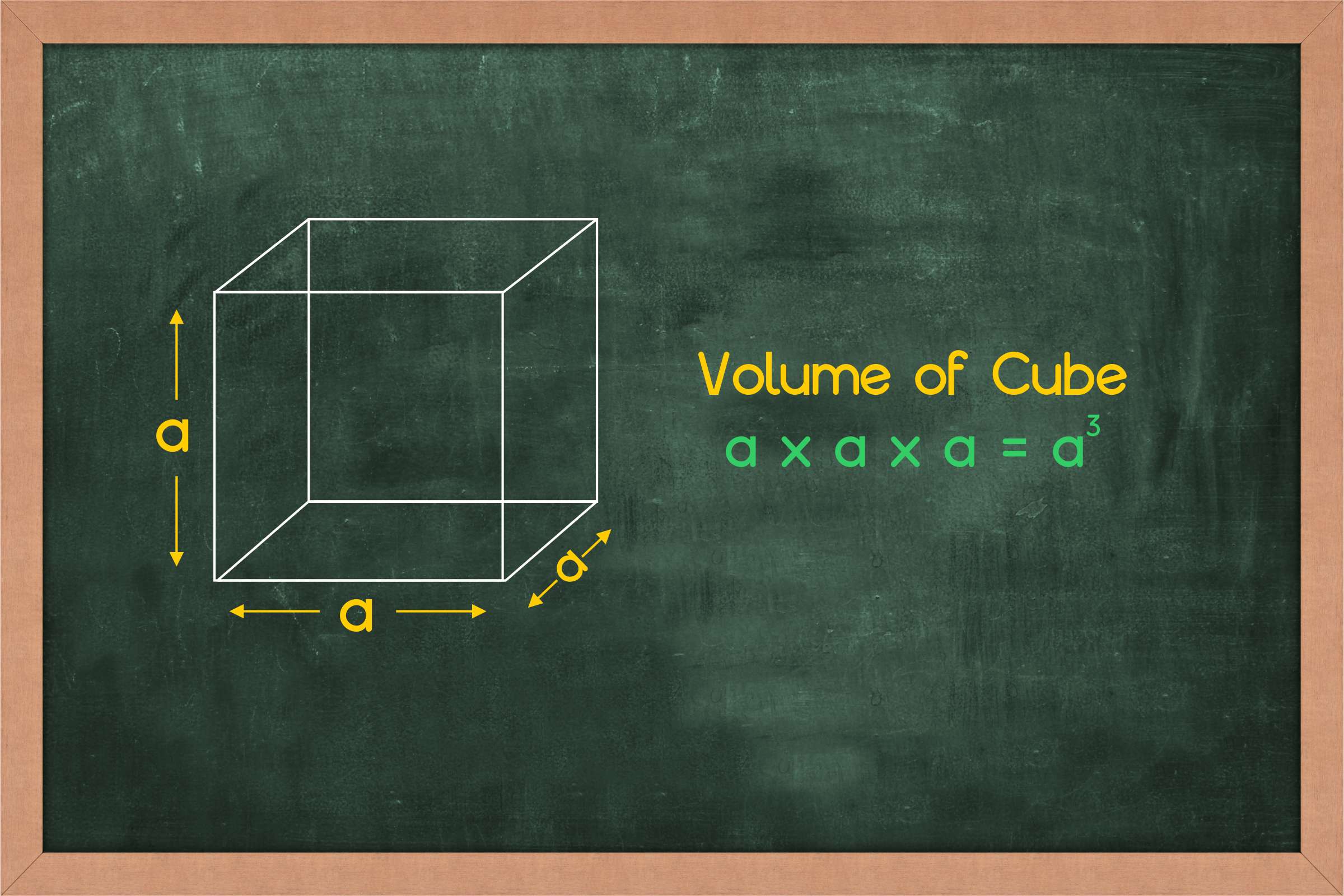Enrich your knowledge with our informative blogs
What is value in Math?

Value: Value in math is a mathematical object which is definite. In other words, value can also be termed as the answer received after performing certain math operations or calculations.
For example: The value of 3 + 9 = 12
Or the value of 34 + 7 is 41.
Types of values
There can be multiple types of values in maths. These are
- Value of expression:
The answer received by solving a particular mathematical expression or statement by performing computations.
For example:
Find the value 300 + 45 – 90?
Here the value of this expression would be 255.
- Value of variables/constants:
When variables or constants are assigned a definite number (mathematical object), it becomes its value.
For example:
- The value of a constant number π is 3.14
- The value of variable x in any algebraic expression.
- Value of a function:
When definite mathematical objects are assigned to the arguments of a function, the value of the function is obtained.
f (x)= x + 50.
So, when we assign x = 10, f (10) = 10 + 50 = 60.
60 becomes the value of function.
Let’s discuss some practical applications of the term ‘value’.
As per the number system there are three different types of values for a given digit in a number. These are:
Place Value:
Place value refers to the value of the place of the given digit in the number system.
For example: Place value of 9 in 697 would be tens or 10s. Similarly, the place value of 6 in the same number would be hundreds or 100s.
Face Value:
The face value of any digit is the digit itself. It has nothing to do with the place of that number. The face value is irrespective of its location on the number chart.
For example: The face value of 4 in 4,568 is 4.
Value:
The value of any digit in a number is how much it is worth depending on its placement in the number chart. We calculate the value of any given digit in a number by multiplying place value and face value.
So, to get the value of 6 in 78,691; we first need to find place value and face value and then get their product.
Place value of 6 = 100s (hundreds)
Face value of 6 = 6 (six)
Value of 6 in 78,691 = Place value * Face value
= 100 * 6
= 600 or six hundreds
Mean Value
We often encounter this term in statistics and data handling. Mean value is finding the average of the set of given numbers.
How to calculate mean value of a set?
To calculate the mean value of the set, first add all the numbers and then divide the sum by the total number of items in the set.
For example: Suppose your set is {10, 20, 25, 45, 50}
To find the mean value:
Step 1: Add all the numbers 10 + 20 + 25 + 45 + 50 = 150
Step2: Now divide 150 with total number of items in the set i.e. 5
150 / 5 = 75
So, the mean value of set is 75.
Read More – Mathematics Questions
View More – Useful links for Your Child’s Development

Unleash the Power of visualization to break tough concepts
Wanna be the next Maths wizard? Discover the new way of learning concepts with real-life Visualization techniques and instant doubt resolutions.
Categories
Recent Posts
- List of the qualities you should look for in your tutors?
- What is the most useful formulas in math?
- Describe the process of eating to defecation of food?
- Difference between the natural and artificial active response by the immunology system.
- Explain the different circle theorems
- How are nerve cells adapted to their function?









